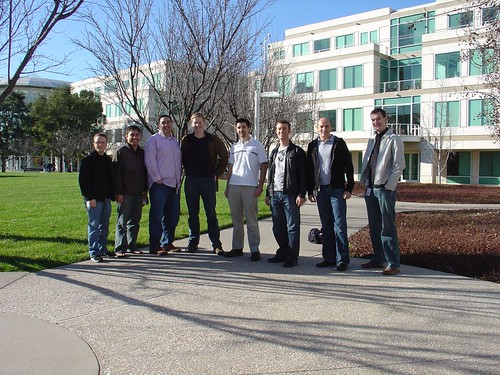I recently gave a talk at Syracuse University’s Greenberg House in DC about the future of social media. Â Part of the discussion touched on how devices like the iPhone and iPad changed forever the way we engage with each other.
The iPhone was a tipping point in the smart phone market. Â While Blackberry was first, it was Apple that changed how we use our phones for browsing, music, video, and of course interaction with each other. Â It has opened up amazing business opportunities thanks to the application marketplace and in extreme situations a $19B acquisition.
Today, Apple is going to try to change the world again with the iWatch. Â Whether this device has transdermal health technology or is just a fancier version of a Nike Fuel Band, doesn’t matter, it will definitely be a hit. Â Why will the iWatch succeed while the Samsung Galaxy Gear and LG’s G Watch struggle?
1) Apple has perfected the introduction of products. Â While the leaks have grown since the early days of the iPhone, I have to believe some of them are purposeful to generate excitement.
2) Apple makes it easy for all buyers. Â Early adopters pre-order on the website, but it is the store that gets people the mainstream buyers. Â Mainstream buyers need to feel the product and test it. Â Early adopters, aka, Fanboys, are going to buy no matter what Apple releases.
3) Apple has a knack for holding back features from their products creating a fervor for the next version of their products. Â Near Field Communications is something that was rumored to exist in the iPhone since 2010, but only today do we get it.
The iWatch is going to be a game changer and thanks to this build up of news and leaks combined with the store and “new” features that have been perfected over time, the iWatch and iPhone 6 are going to be a huge hit.









 Google announced their
Google announced their 
